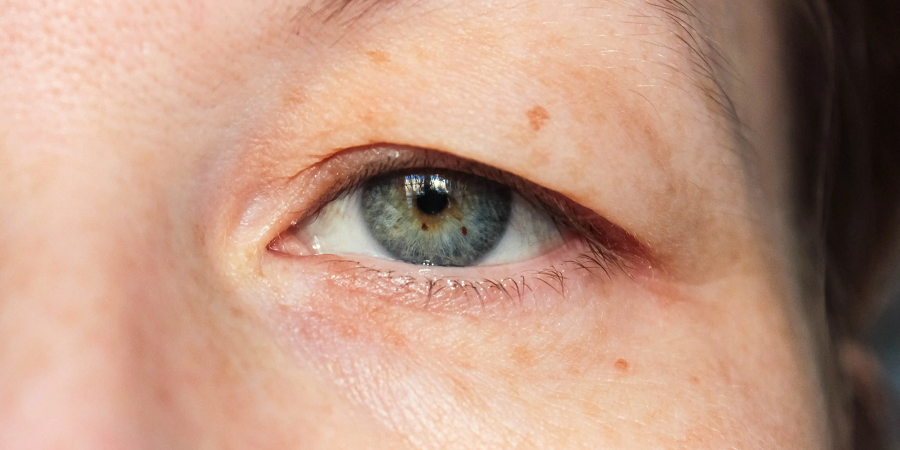Eyelid drooping is excess sagging of the upper eyelid. The edge of the upper eyelid may be lower than it ought to be, ptosis eyelid [หนังตาตก, which is the term in Thai], or there might be excess baggy skin in the upper eyelid, dermatochalasis. Eyelid drooping is usually a combination of both problems. The trouble is likewise called ptosis.
Reasons
A drooping eyelid is usually as a result of:
- Weak point of the muscular tissue that increases the eyelid
- Looseness of the skin of the top eyelids
- Damages to the nerves that control that muscle
Drooping eyelid can be:
- Brought on by the regular aging procedure
- The outcome of an injury or disease
- Existing before birth
Diseases or ailments that might result in eyelid sagging include:
- Lump around or behind the eye
- Horner disorder
- Diabetes mellitus
- Myasthenia gravis
- Swelling in the eyelid, such as with a stye
- Stroke
Symptoms
Drooping may exist in one/both eyelids relying on the reason. The lid may cover only the top eye, or the entire student may be covered.
Problems with vision will typically be present:
- Initially, simply a sense that the extremely upper field of vision is being obstructed
- Kids might tip their head back to help them see under the eyelid
- When the drooping eyelid covers the student of the eye, vision might end up being entirely obstructed
- Exhaustion and achiness around the eyes might likewise exist
Treatment
If a condition is discovered, it will be treated. A lot of instances of drooping eyelids are because of aging and there is no disease entailed.
Eyelid lift surgical procedure, or blepharoplasty, is done to repair drooping or sagging upper eyelids.
- In milder instances, it can be done to improve the look of the eyelids
- In children with ptosis, surgery might be needed to stop amblyopia, additionally called “lazy eye”
- In more extreme instances, surgical treatment may be needed to correct interference with vision


